CMN
Brilliant_Rock
- Joined
- Jun 2, 2018
- Messages
- 825
What is an acceptable diameter variation for a non-graduated (ie uniform) ring? Is there a good rule of thumb?
If any one can help that would be greatly appreciated. I have been trying to progress a 5 stone (everyday) ring for some time. This is a significant purchase for me and I am afraid of making a mistake. I live in Australia so if I indeed get it wrong it is not feasible for me to use a vendor‘s upgrade policy to return and start again.
I have also tried to search the threads but couldn’t find what I was looking for - if I have missed something feel free to point me in the right direction.
Thank you all so much.
If any one can help that would be greatly appreciated. I have been trying to progress a 5 stone (everyday) ring for some time. This is a significant purchase for me and I am afraid of making a mistake. I live in Australia so if I indeed get it wrong it is not feasible for me to use a vendor‘s upgrade policy to return and start again.
I have also tried to search the threads but couldn’t find what I was looking for - if I have missed something feel free to point me in the right direction.
Thank you all so much.


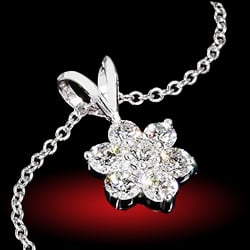
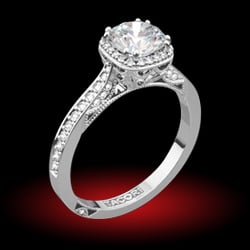
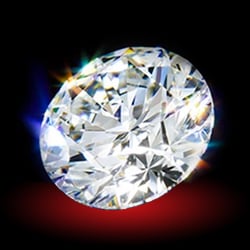
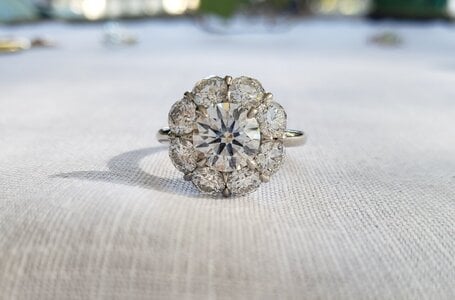
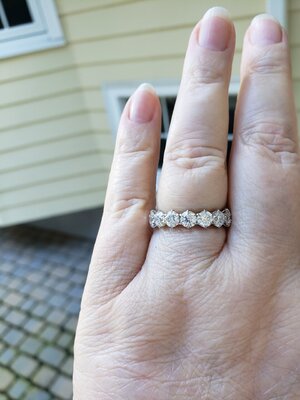
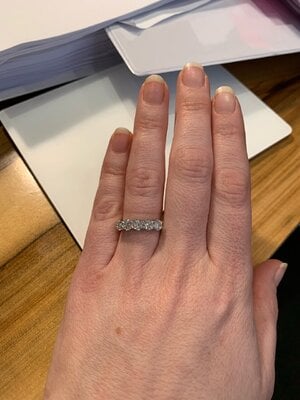
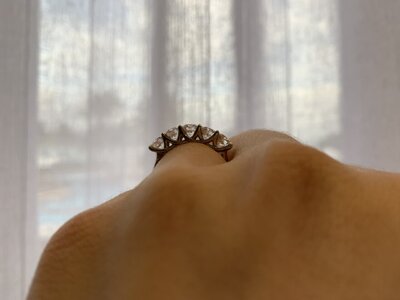
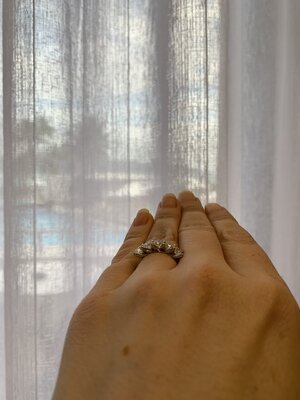
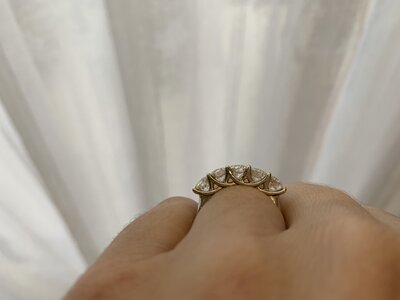
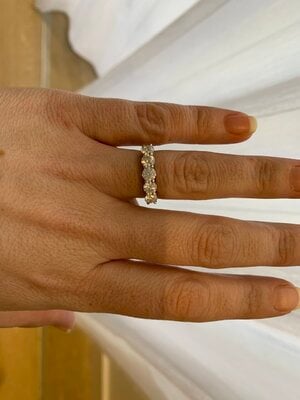
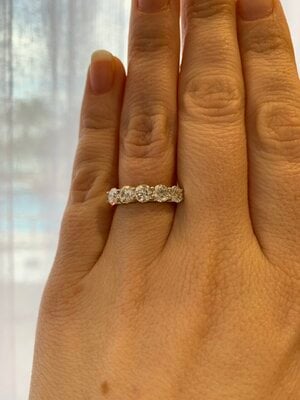
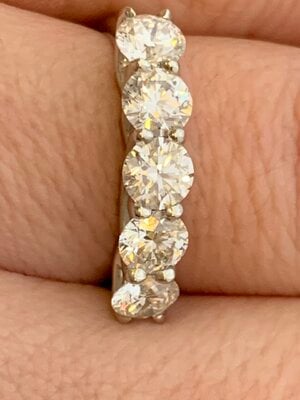
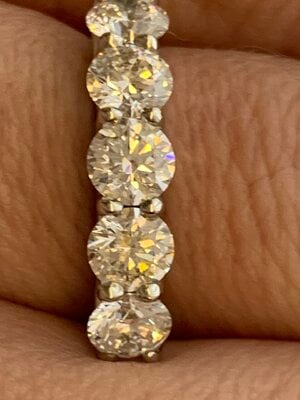


300x240.png)